SOURCE: RAUNAK KUNDE / NEWS BEAT / IDRW.ORG
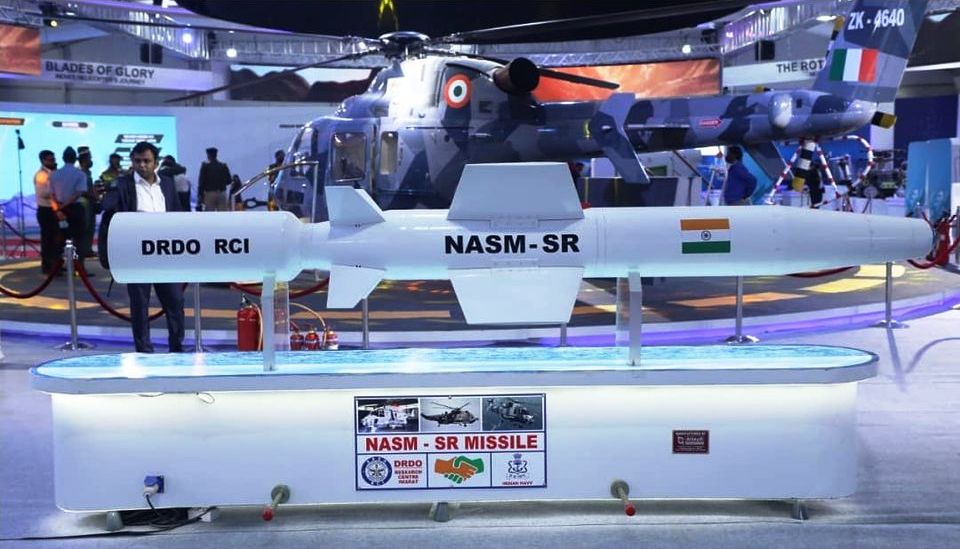
In the realm of cutting-edge aerospace technology and missile development, precision is paramount. The National Aerospace Laboratories (NAL) in India is leading the charge in the design and fabrication of wind tunnel models for the NASM-MR cruise vehicle, a subsonic cruise missile with applications in both ground and air launch scenarios. This endeavour represents a crucial step in fine-tuning the aerodynamic characteristics of this remarkable missile.
The NASM-MR, or New Generation Anti-Radiation Missile-Medium Range, is a subsonic cruise missile developed by the Defence Research and Development Organization (DRDO) in India.
Continue readingSOURCE: RAUNAK KUNDE / NEWS BEAT / IDRW.ORG

The Tejas MkII program has reached a pivotal stage as the Aeronautical Development Agency (ADA) is gearing up to place orders for components and parts crucial to the development and testing of four Tejas Mk2 aircraft. This significant move follows ADA securing an impressive 80 per cent Transfer of Technology (ToT) for the F-414 engines, setting the stage for the program’s advancement.
ADA had already initiated orders for smaller components earlier this year. Now, the program’s focus is shifting towards larger components as the necessary funds have started flowing in. To expedite production, many private sector companies involved in manufacturing the fuselage for the Tejas Mk1A program have been enlisted. Detailed designs have been shared, and contracts for the initial manufacturing of wings, front, mid, and rear fuselage components for the Tejas MkII program are set to be executed soon.
Continue readingSOURCE: RAUNAK KUNDE / NEWS BEAT / IDRW.ORG

In a significant move towards modernizing its fleet and embracing sustainable mobility, the Indian Army has issued a Request for Information (RFI) to procure approximately 423 electric motorcycles. These eco-friendly two-wheelers are slated to serve in the Peace Establishments and Units deployed in the plains and semi-hilly terrains across India.
The Ministry of Defence, under the Government of India, has set its sights on electric mobility, aligning with the nation’s larger commitment to reducing its carbon footprint. This endeavour not only represents a green shift but also a forward-looking approach to technological advancement in the realm of military transport.
Continue readingSOURCE: IDRW.ORG TEAM

India’s Air Force operates a formidable fleet of aircraft, including the Bison, MiG-29, and Su-30 MKI, which play a pivotal role in the nation’s air defence. These aircraft are equipped with the R-73 E missile, a short-range air-to-air missile of significant importance. In line with the Atmanirbhar (self-reliant) scheme, there is a growing need to manufacture these missiles within the country. To achieve this, the proposal is to produce the R-73 E missiles under the “Make III” procedure outlined in Chapter III of the Defense Acquisition Procedure 2020 (DAP 2020).
The R-73 E missile, known for its exceptional performance, is a critical component of India’s air defence strategy. Developed by the Russian Tactical Missiles Corporation, this short-range air-to-air missile has a range of 30 kilometres, and its latest version, the RVV-MD, extends this reach to 40 kilometres. This missile is designed for dogfights and is capable of engaging air targets from any direction, day or night, even in challenging electronic countermeasure (ECM) environments.
Continue readingSOURCE: IDRW.ORG TEAM
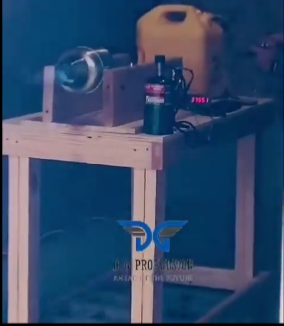
In the bustling city of Amritsar, a trailblazing defense startup, DG Propulsion, is making waves with its innovative mini-jet turbine engines tailored for military applications. With a focus on enhancing the capabilities of unmanned aerial vehicles (UAVs) and bolstering defense efforts, DG Propulsion has introduced a trio of potent engines – DG J20, DG J40, and DG J60 – each designed to meet the unique demands of modern military technology.
Continue readingSOURCE: IDRW.ORG TEAM
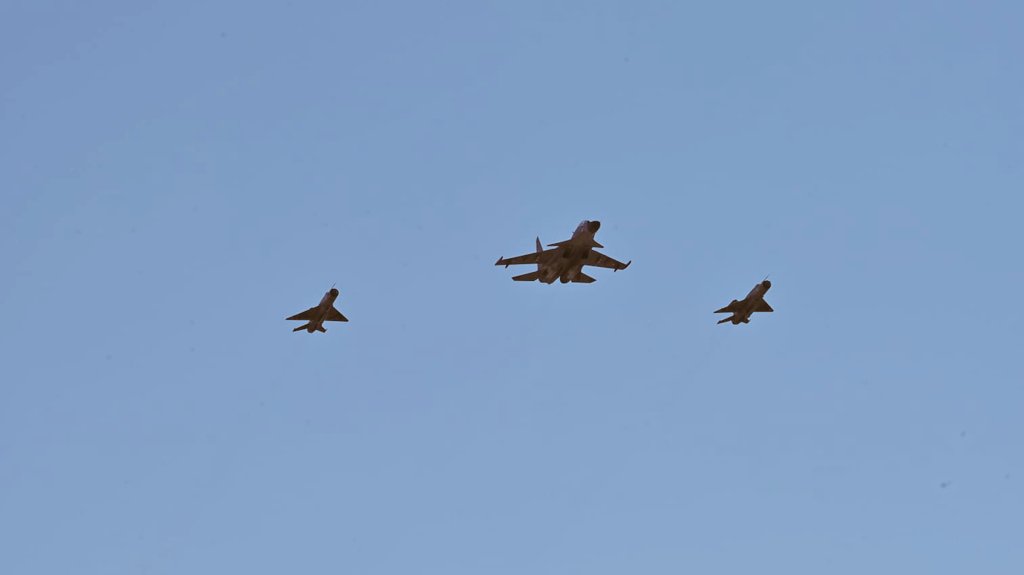
In a poignant moment in the history of the Indian Air Force (IAF), the iconic MiG-21 Bison aircraft took their final flight over the skies of Uttarlai in the Barmer district of Rajasthan. The occasion marked the end of an era as these legendary aircraft soared alongside the formidable Su-30 MKI, bidding a fond farewell to their service in the IAF.
Despite the IAF’s ongoing commitment to maintaining three MiG-21 squadrons, comprising around 50 aircraft, a significant change has been set into motion. With the retirement of the MiG-21 Bison, one of these squadrons, No. 4 Squadron IAF, also known as the “Oorials,” based at Uttarlai Air Force Station in Barmer, Rajasthan, has been officially number-plated. This decision reduces the total number of active squadrons to just two.
Continue readingSOURCE: RAUNAK KUNDE / NEWS BEAT / IDRW.ORG
In a significant move to bolster its air defence capabilities, India is progressing swiftly with Project Kusha, a mission aimed at developing a state-of-the-art air defence system that rivals the effectiveness of the renowned S-400 system. This visionary initiative, greenlit by the Cabinet Committee on Security in May 2022, is now in full swing and has garnered considerable attention.
Project Kusha encompasses a multifaceted approach to enhance India’s air defence capabilities. The defence ministry recently granted the much-anticipated Acceptance of Necessity (AoN) for the acquisition of five squadrons of this advanced system, designed specifically for the Indian Air Force (IAF). This pivotal development comes with an estimated budget of Rs 21,700 crore, signifying the nation’s commitment to building a formidable defence infrastructure.
Continue readingSOURCE: RAUNAK KUNDE / NEWS BEAT / IDRW.ORG

The Aeronautical Development Agency (ADA) is taking significant steps to enhance the capabilities of the Light Combat Aircraft (LCA) Air Force Mk2. ADA has entered into collaboration with Safran Data Systems, a reputable French company, to facilitate software modifications for Unified Video Cum Digital Recorder (UVDR) Airborne Units and Ground Replay System (GRS).
This partnership aims to cater to additional requirements for the LCA Air Force Mk2, which is a crucial advancement in India’s defence technology.
Continue readingSOURCE: RAUNAK KUNDE / NEWS BEAT / IDRW.ORG

In a significant move towards self-reliance and indigenous defence production, India is embarking on the manufacturing of advanced missiles used in the Indian Air Force’s (IAF) formidable Su-30 MKI aircraft. With the Atmanirbhar (self-reliant) scheme taking centre stage, there is a pressing need to produce these missiles within the country. This initiative aligns with the “Make III” procedure outlined in Chapter III of the Defense Acquisition Procedure 2020 (DAP 2020).
The R-27 ET1 missiles are vital components of India’s air defence capabilities, designed for use with the Su-30 MKI aircraft. IAF is planning to buy approximately 200, with a primary focus on enhancing air combat capabilities.
Continue readingSOURCE: IDRW.ORG TEAM

India’s defense landscape is undergoing a transformation, with the Indian Air Force (IAF) poised to present a compelling proposal at the upcoming meeting of the Defence Acquisition Council (DAC) under the leadership of Defence Minister Rajnath Singh. The proposal includes a request for approval to acquire an additional 97 Tejas Mk1A fighter jets, Super-30 upgrades for 84 Sukhoi-30MKI aircraft, and other critical enhancements, marking a significant stride in India’s modernization efforts.
The 97 additional Tejas Mk1A fighter jets are a follow-up to the 73 Tejas Mk1A units that received the green light for acquisition in 2021. The IAF, in collaboration with the Hindustan Aeronautics Limited (HAL), is poised to determine whether any substantial modifications are required for these new jets or if they can be tailored to boost indigenous content, effectively minimizing the potential for system obsolescence. This commitment to indigenization reflects India’s resolve to strengthen its self-reliance in the defense sector.
Continue readingSOURCE: RAUNAK KUNDE / NEWS BEAT / IDRW.ORG
The Indian Air Force (IAF) is set to play a more hands-on role in the Tejas MkII Program as it assumes responsibility for the integration phase of weapons testing. This marks a shift from the Tejas Mk1A Program, where the Aeronautical Development Agency (ADA) and Hindustan Aeronautics Limited (HAL) handled weapons testing, including the Initial Operational Clearance (IOC) and Final Operational Clearance (FOC) configuration testing.
In the Tejas MkII Program, the focus will be on successful integration testing and safe separation releases of weapons systems. The IAF, in collaboration with ADA and HAL, will clear weapons systems based on hardware and software integration, as well as results obtained from computer simulations.
Continue readingSOURCE: RAUNAK KUNDE / NEWS BEAT / IDRW.ORG
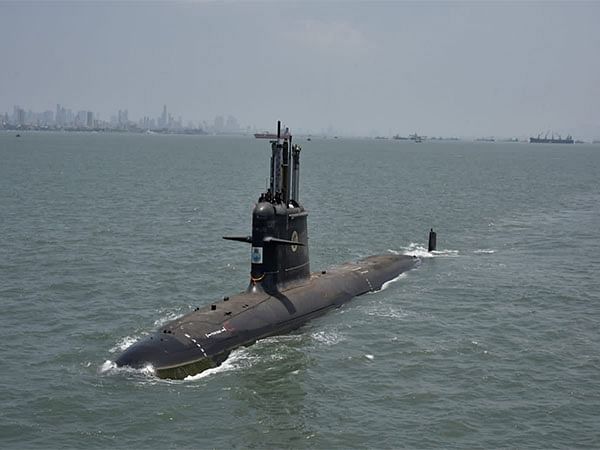
India’s state-owned Mazagon Dock Shipbuilders Limited (MDL) has initiated discussions with the French Naval Group regarding the procurement of three additional Advanced Scorpène class submarines for the Indian Navy. This move is part of a broader effort to bolster India’s naval capabilities, following the successful delivery of six Scorpène class submarines (Kalvari) to the Indian Navy.
These three additional Advanced Scorpène class submarines are expected to come for 10,000 crores each. The increased expense is due to several enhancements made to the submarines, including the incorporation of additional Air-Independent Propulsion (AIP) system plugs and the integration of advanced Lithium-ion battery packs. Furthermore, various changes in submarine sensors and equipment have contributed to the elevated price.
Continue readingSOURCE: RAUNAK KUNDE / NEWS BEAT / IDRW.ORG
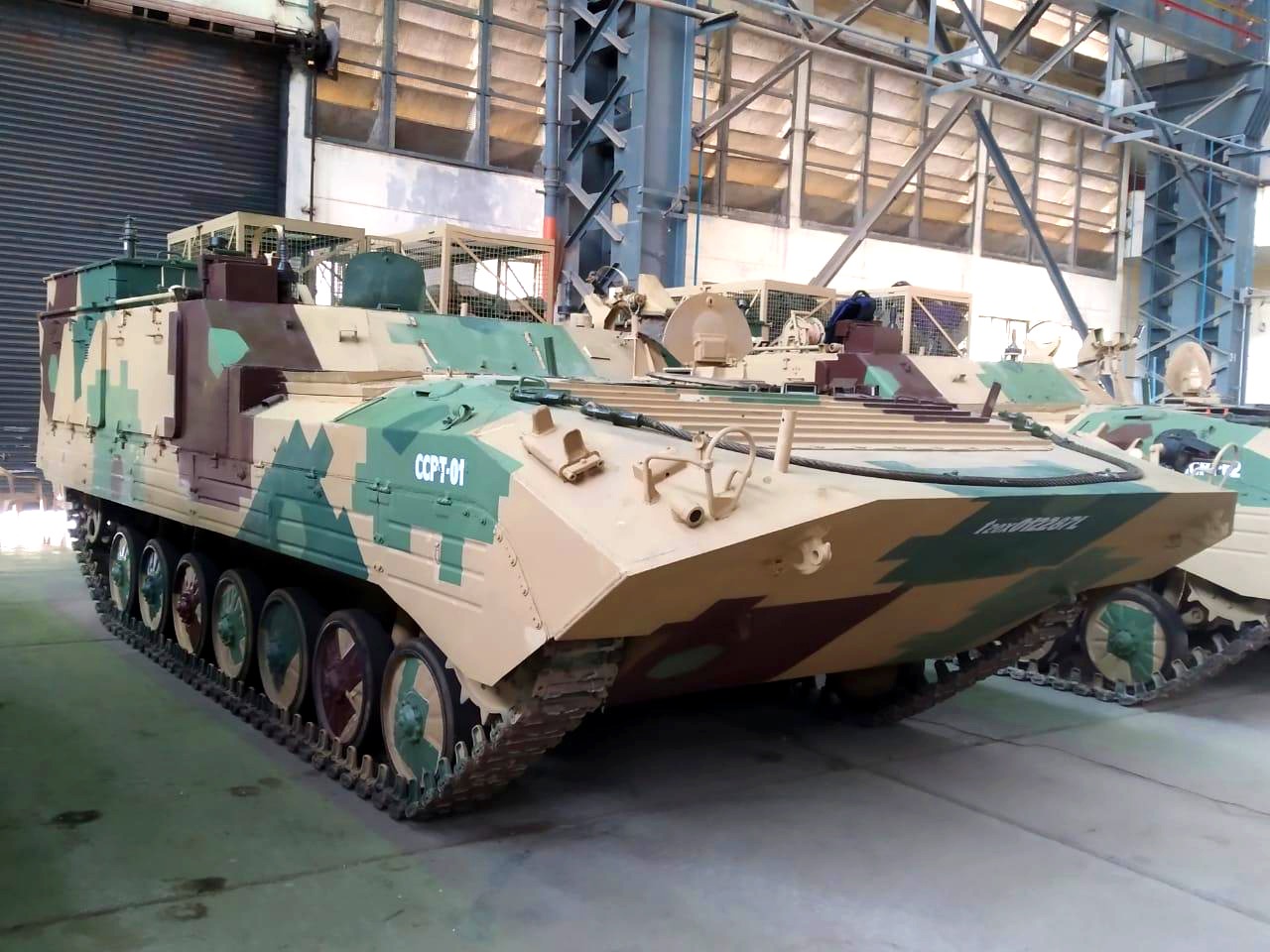
In a significant development, the Ordnance Factory Medak is set to roll out the Carrier Command Post Tracked (CCPT) vehicles on October 30. These highly specialized vehicles are designed to perform crucial tactical and technical fire control functions, ensuring the effective deployment of Self-Propelled (SP) Artillery guns.
The CCPT vehicles play a pivotal role in modern warfare scenarios, enhancing the capabilities of military forces in terms of operational control and strategic deployments. These vehicles represent a noteworthy modification of the Infantry Combat Vehicle BMP-II, specifically engineered to meet the demands of contemporary military operations.
Continue readingSOURCE: IDRW.ORG TEAM
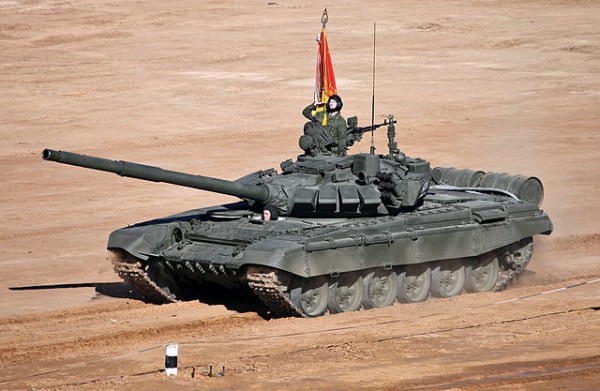
In a strategic move, Armenia is turning to India to tap into its expertise in modernizing Soviet and Russian defense equipment and integrating them with Western systems. This collaboration aims to bolster Armenia’s defense capabilities, particularly in light of concerns about potential regional conflicts.
Armenia operates a fleet of Russian T-72B3 tanks but has experienced significant losses to loitering ammunition deployed by Azerbaijani forces. Azerbaijan’s Defense Ministry stated that the Armenian army lost 260 tanks and armored vehicles, 277 artillery and rocket systems, 60 air defense systems, one S-300 long-range air defense system, 11 command and control and observation posts, and eight ammunition depots.
Continue readingSOURCE: IDRW.ORG TEAM

The Indian Navy is actively exploring collaboration with the private sector for the development of Replenishment at Sea (RAS) and Fuelling at Sea (FAS) capabilities. The primary aim of these initiatives is to enable fleet ships to sustain prolonged periods at sea, bolstering the Navy’s operational capabilities.
RAS and FAS operations involve fleet tankers and auxiliary vessels equipped to replenish ships while they are underway. This replenishment includes the transfer of fuel, provisions, stores, and spare parts, allowing naval vessels to remain deployed at sea for extended durations. These operations are crucial for maintaining the readiness and endurance of the fleet.
Continue reading